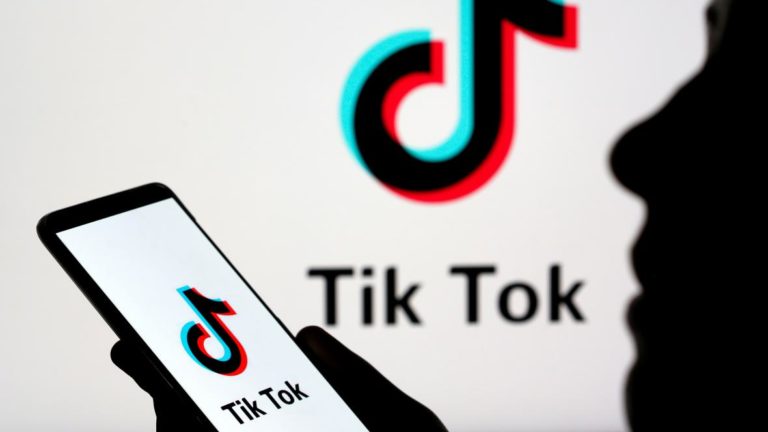Hi, my name is Chloe, and I’m addicted to TikTok. After ridiculing the app and swearing for years I would never download it, I am now obsessed – body and soul. I open the app, and suddenly and quite accidentally, it’s 2am. TikTok songs play on constant 15 second loops in my head. I can’t stop hitting the “woah”.
Launched in the US in 2018, after merging with Shanghai-based Gen Z lip-sync app musical.ly, the Chinese-owned app recently surpassed 1 billion users. TikTok’s parallel Chinese version (ring-fenced for censorship reasons, but owned also by ByteDance), Douyin, hit 400 million active users this January. As a jarring comparison, Instagram also only has over 1 billion users – and it’s taken almost a decade to claw up to its current dominance. And TikTok's growth doesn’t seem to be slowing down any time soon. In March of this year alone, the app saw 115 million downloads, and its 60% Gen Z user-base isn't likely to relinquish their social media accounts.
Like musical.ly, which had already built up a significant market-share amongst the young tweens of America – including Jacob Sartorius, of dating Millie Bobby Brown-fame – TikTok is a short-video sharing social media platform. Its content is wholly user-generated, but the app makes filming and editing so easy anyone can pick up an iPhone and shoot.
But unlike its predecessor, TikTok’s success is broader than suburban kids filming themselves lip-syncing to pop songs. And unlike YouTube, the “For You Page” discovery algorithm allows anyone to go viral – regardless of pre-existing followers. It’s achingly similar to Vine (may she Rest in Peace): the chaotic meme-ry of which we still sorely miss as Vine compilations continue to gain millions of grieving views.
[zombify_post]


0 Comments